The real thing which makes a tiny house a dwelling place is its comfortable living with heat-resistant and sound-proofing characteristics. Without applying insulation, tiny homes are prone to heat and sound penetration due to their small size. Proper home insulation maintains energy efficiency on the peak while keeping the heat outside in summers and enclosed within the rooms in winters.
While building a home, which may be either small or gigantic, you should consider the five most effective home upgrades to maximize its energy efficiency for the sake of saving a good amount every year. Before learning the five energy-efficient home improvement ideas, you should know some tips that are useful for insulating a tiny home.
Useful Tips You Should Know Before Insulating a Tiny Home
- Get the right wall and ceiling insulating material with an R-value of at least 3.0 – 3.5 per inch of thickness.
- Use an appropriate thickness of insulation layer for the most effective results
- Choose the most thickness for the ceiling, moderate thickness for walls, and least thickness for the floor while insulating a home.
- It’s better to consider insulation at the initial stage of building a tiny home to save future renovation costs.
- Know the size and condition of your interior to apply different ways to insulate a tiny home.
1. Fiberglass Batts & Roll or Rock Wool for Ceiling Insulation
 Fiberglass batts & rolls are often used to insulate the ceilings and walls of tiny homes. It comes in more than one-inch thickness to give adequate insulation. Though these batts seem scratchy and irritating while installing, you will definitely feel much more comfortable after these are put well in place into cavities between the frames of wood. However, the downside is that fiberglass insulation may contain harmful fibers which need a respirator during installation. If you want a better alternative to fiberglass insulation, use rock wool which has the least impact on health and is easy to install.
Fiberglass batts & rolls are often used to insulate the ceilings and walls of tiny homes. It comes in more than one-inch thickness to give adequate insulation. Though these batts seem scratchy and irritating while installing, you will definitely feel much more comfortable after these are put well in place into cavities between the frames of wood. However, the downside is that fiberglass insulation may contain harmful fibers which need a respirator during installation. If you want a better alternative to fiberglass insulation, use rock wool which has the least impact on health and is easy to install.
2. Spray Foam for Wall Insulation
Two options are available in spray foam insulation: open cell foam insulation and closed cell foam insulation. Both differ in the structure of the small insulated bubbles that combine closely to make the foam. Open cell foam insulation has bubbles that are not tightly packed. For this reason, it is more flexible and softer than closed cell foam.
Moreover, open cell spray is less costly but has a less R-value ranging between 2.5 – 3.5, which is half the R-value of close form. Closed cell spray foam is amongst the most efficient insulating material available in the market with an R-value of 7.0 per inch of thickness.
That’s why closed cell foam is ideal for insulating the ceiling area. When insulating your walls, it’s best to contact the best Denver insulation team to handle your insulation needs.
3. Foil Faced Polyiso or RMax for Floor Insulation

The RMax or Polyiso is amongst the most rigid and efficient insulation foam that is used to insulate tiny homes for the best energy efficiency. For this reason, it is the most expensive option available in the market. The high cost is due to the high resistance value it carries— an R-value of 6.5 per inch of thickness. The high efficiency is also due to the protective face of reflective material. It adds a further insulation layer. RMax is highly durable and maintains its shape for a long time. It is perhaps the best floor insulation material used for tiny homes because a substantial amount of heat leakage happens through the floor.
4. Thermobreak Pipe Insulation
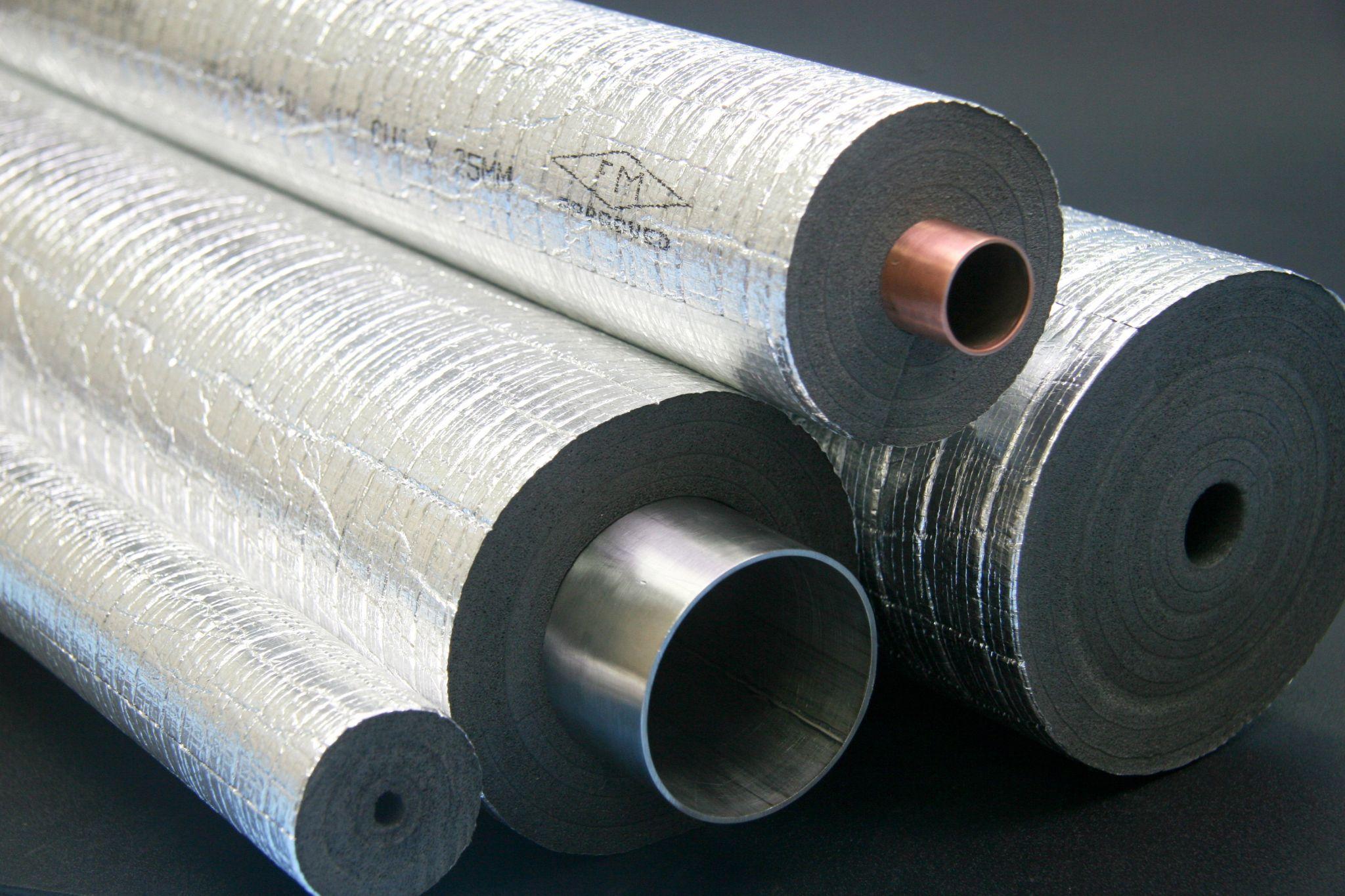
Thermobreak pipe insulation comes in rolls of flexible thermal sheets that are factory bonded to keep the aluminum foil nicely intact and has a pressure-sensitive adhesive layer at the back. The material has extremely low thermal conductivity. For this reason, it is used as insulation to stop the passage of heat or sound to come in or out of the house.
5. Window Insulation
Windows are amongst the most friendly things for the heat and sound flow. This entails the need to find ways of insulating windows with the highest level of perfection. There are five possible ways to do so:
- Installing Double Pane or Triple Pane
 Multi-pane windows provide an excellent barrier against the flow of heat and sound to make a tiny home energy efficient. They include an inert insulating gas, usually argon, between the panes of tempered glass which usually have insulation film. All this combination gives perfect insulation against the solar heat and winter snow. You can buy top-quality double glazing or triple glazing windows from the GlassGenius marketplace from quality brands.
Multi-pane windows provide an excellent barrier against the flow of heat and sound to make a tiny home energy efficient. They include an inert insulating gas, usually argon, between the panes of tempered glass which usually have insulation film. All this combination gives perfect insulation against the solar heat and winter snow. You can buy top-quality double glazing or triple glazing windows from the GlassGenius marketplace from quality brands. - Apply Window Insulation Film:
 The window film by itself blocks thermal flow quite effectively. They are composed of a clear plastic shrink film that can stick nicely to the glass of the window with dual-sided sticky tape.
The window film by itself blocks thermal flow quite effectively. They are composed of a clear plastic shrink film that can stick nicely to the glass of the window with dual-sided sticky tape. - Use Bubble Wrap on Your Windows:
 It will blur the exterior view but serves as a superb window insulating option. All you need to do is spray the water on the glass pane and hold the bubble wrap against the wet window. For better results, you should seal the edges with tape.
It will blur the exterior view but serves as a superb window insulating option. All you need to do is spray the water on the glass pane and hold the bubble wrap against the wet window. For better results, you should seal the edges with tape.- Use Rope Caulk on the Frame: Rope caulk is a roll of putty that can stick firmly to the cracks where the sound and heat can possibly flow between interior and exterior. All you need is to push the rope caulk inside the window cases all along the edges. For more effective insulation, apply it outside the window too.
- Install Thermal Curtains Inside the Windows: These curtains are made of thermal-resistant stuff which gives a strong barrier against the passage of heat as well as sound. They also look classic within the tiny house to add a piece of interior decor.
Bottom-line!
When planning for insulating a tiny house, do not ignore every small thing which can keep it highly efficient. For the ceiling, you better insulate it with the most efficient option like closed cell spray foam or RMax. You may also use batts made of fiberglass to save big amounts. Keep the floor rigid by choosing the RMax or polyiso option. Don’t forget windows and use window insulation panels to keep heat from escaping.

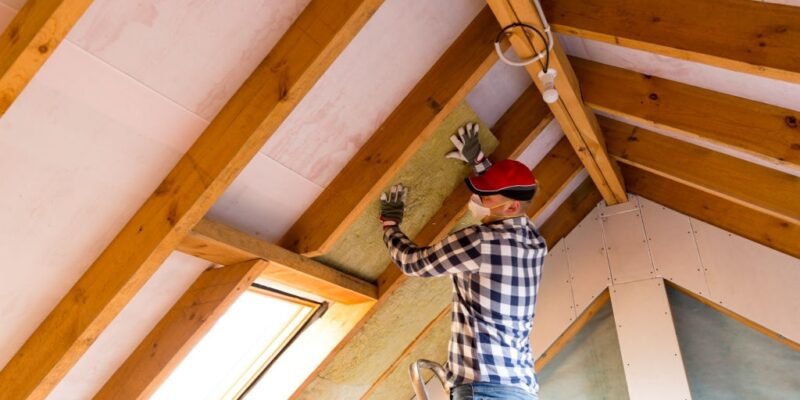
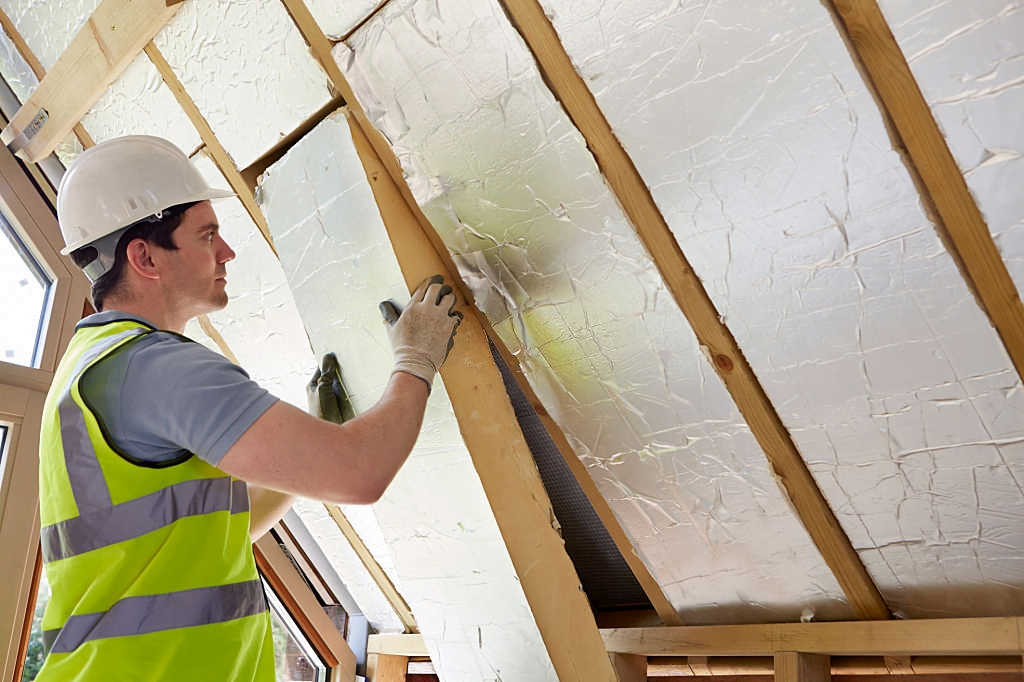
 Multi-pane windows provide an excellent barrier against the flow of heat and sound to make a tiny home energy efficient. They include an inert insulating gas, usually argon, between the panes of tempered glass which usually have insulation film. All this combination gives perfect insulation against the solar heat and winter snow. You can buy top-quality double glazing or triple glazing windows from the GlassGenius marketplace from quality brands.
Multi-pane windows provide an excellent barrier against the flow of heat and sound to make a tiny home energy efficient. They include an inert insulating gas, usually argon, between the panes of tempered glass which usually have insulation film. All this combination gives perfect insulation against the solar heat and winter snow. You can buy top-quality double glazing or triple glazing windows from the GlassGenius marketplace from quality brands.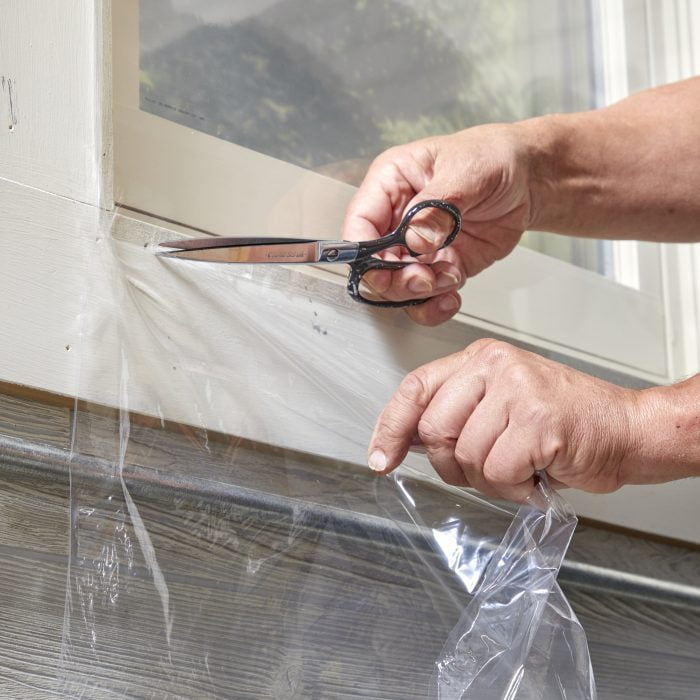 The window film by itself blocks thermal flow quite effectively. They are composed of a clear plastic shrink film that can stick nicely to the glass of the window with dual-sided sticky tape.
The window film by itself blocks thermal flow quite effectively. They are composed of a clear plastic shrink film that can stick nicely to the glass of the window with dual-sided sticky tape.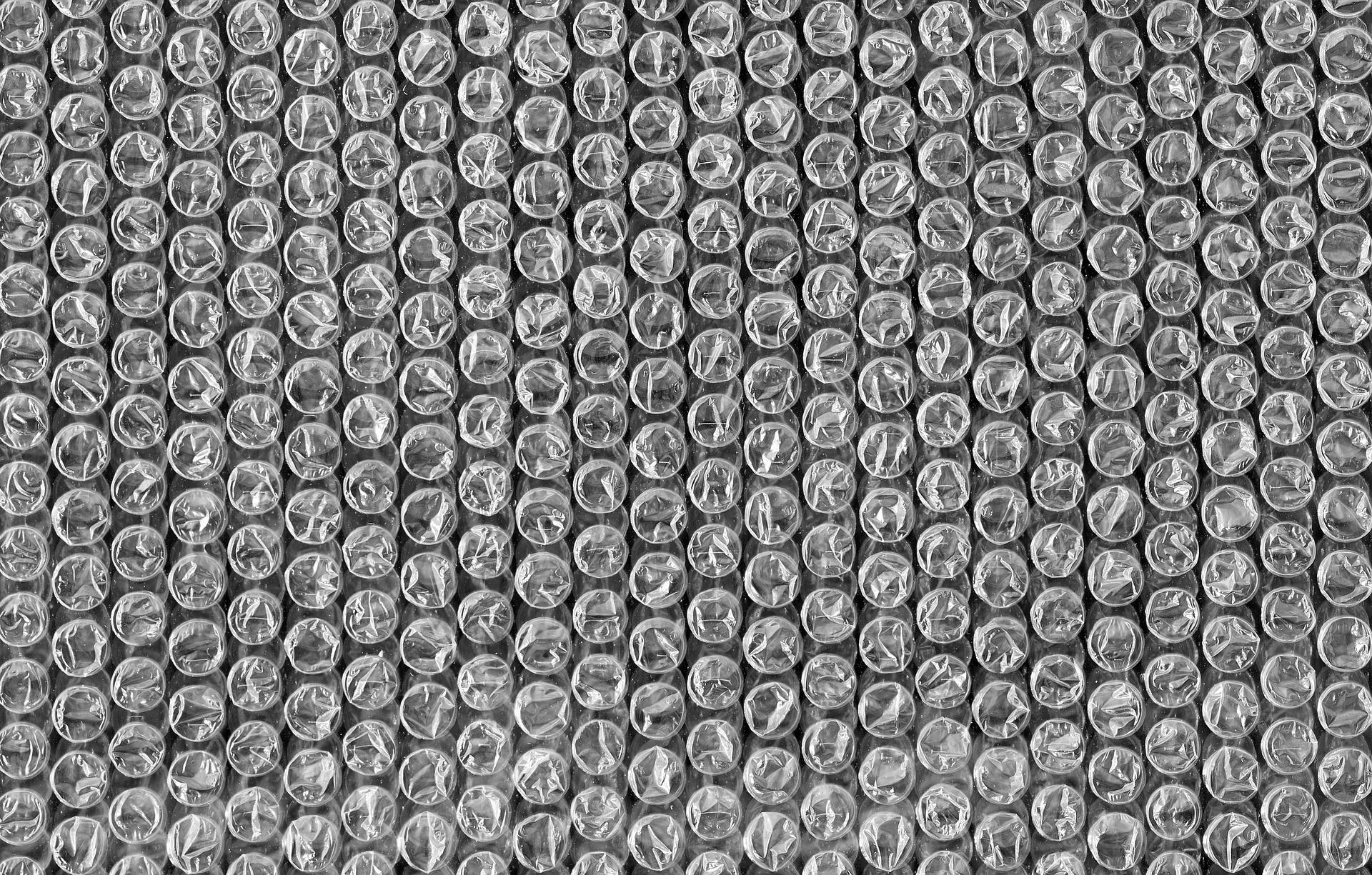 It will blur the exterior view but serves as a superb window insulating option. All you need to do is spray the water on the glass pane and hold the bubble wrap against the wet window. For better results, you should seal the edges with tape.
It will blur the exterior view but serves as a superb window insulating option. All you need to do is spray the water on the glass pane and hold the bubble wrap against the wet window. For better results, you should seal the edges with tape.




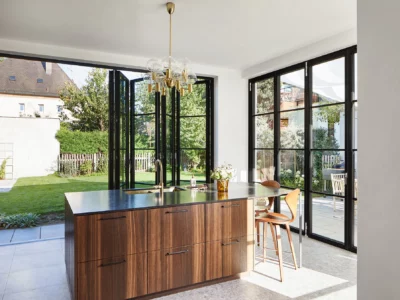

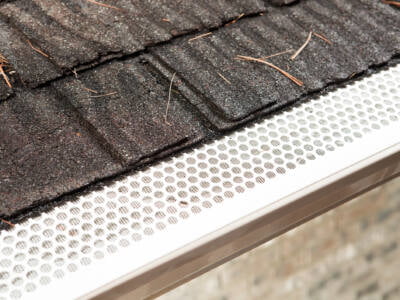
Comments